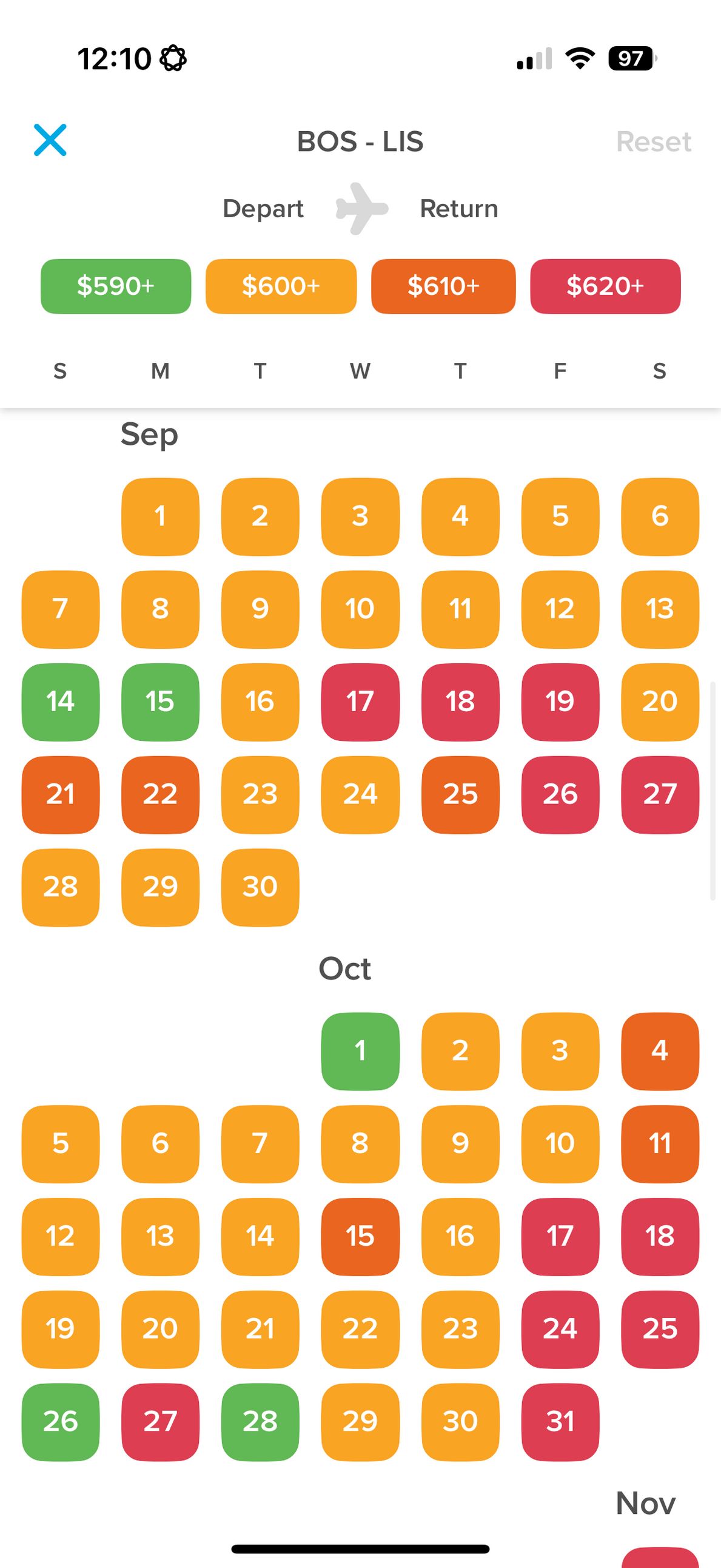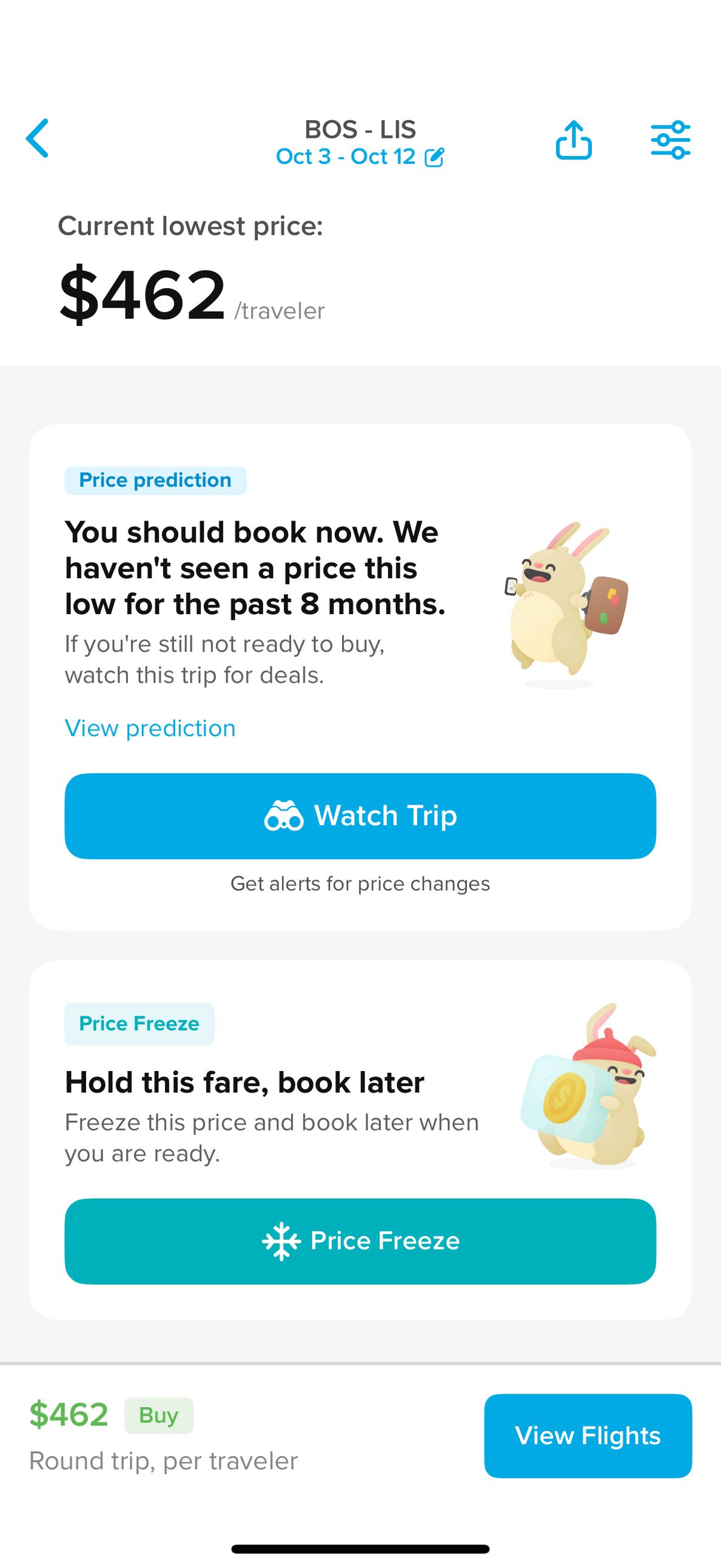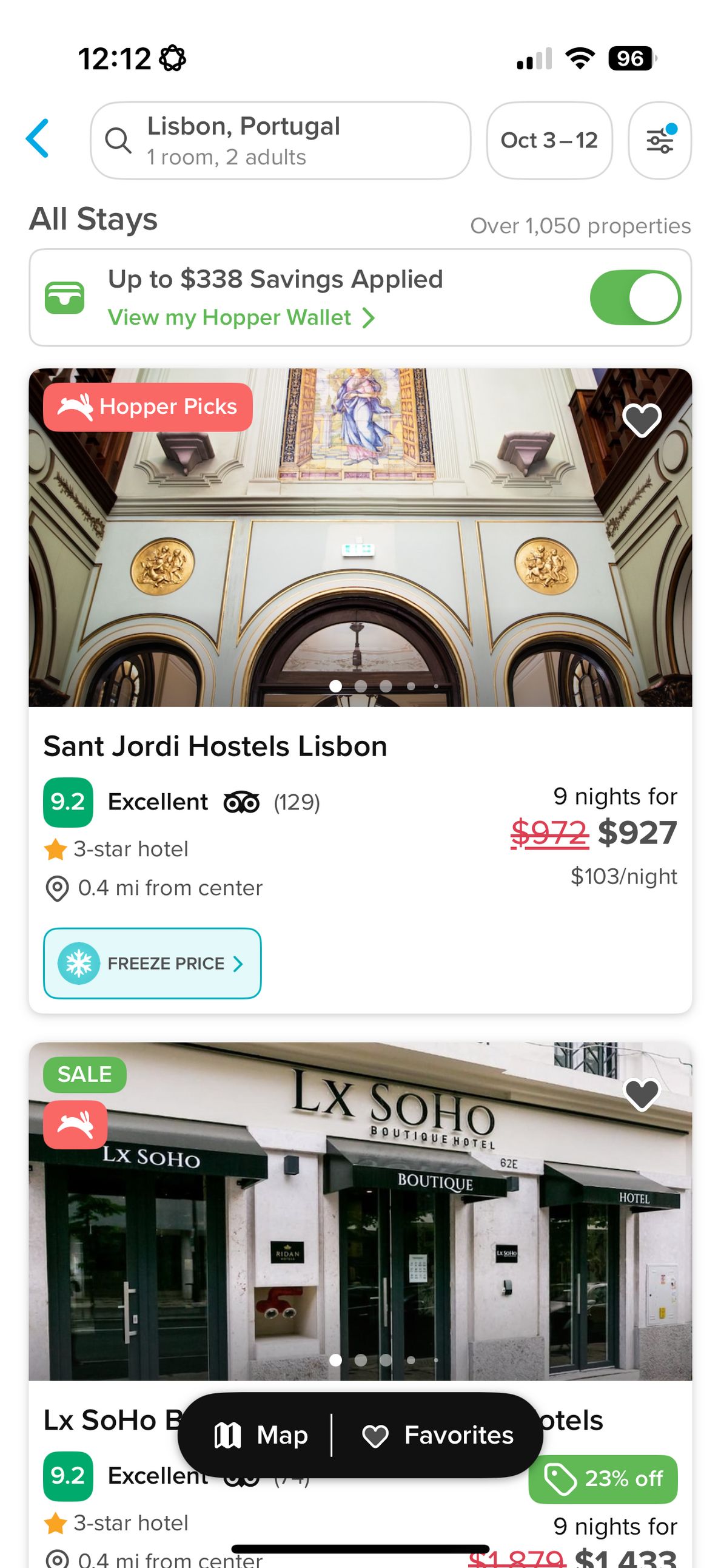Hey — it’s Jeffrey, back again!
Most people drastically underestimate the cost of a vacation.
You start with a number in mind, maybe $3,000, and suddenly realize it’s actually $6,000 once you add flights, hotels, meals, and excursions.
This week, I used AI to help me build a realistic travel budget for two people with a $6,000 total. I wanted to know:
Where could I go and stay within budget?
How much should I plan for each part of the trip?
Would I need to cut anything?
Here’s how to use AI (plus one handy app) to do the same.
📬 Table of Contents:
In today’s Money Meets AI edition, we look at:
🌍 Step 1: Find a destination that fits your budget
🧠 Step 2: Use ChatGPT to build a detailed trip budget
🧾 Step 3: Adjust your plan to match your priorities
🛠️ Other Tools to Check Out
🔁 What to do next
PLEASE SUPPORT OUR SPONSOR:
Hands Down Some Of The Best 0% Interest Credit Cards
Pay no interest until nearly 2027 with some of the best hand-picked credit cards this year. They are perfect for anyone looking to pay down their debt, and not add to it!
Click here to see what all of the hype is about.
THIS WEEK’S TESTED TOOLS
🌍 Step 1: Find a destination that fits your budget
Best for: Getting real about where you can afford to go
Most people pick a destination first and budget later. That’s why they overspend.
I flipped that. I started with a $6,000 total and looked for destinations that could fit within that.
I started with Kayak Explore, which let me filter by trip duration and travel month.

I then used the map to search Europe, and I quickly zoomed in on Lisbon, which is somewhere I’ve been dying to go.

Then I switched to the Hopper app, which gives pricing trends for flights and hotels in one place. I found reasonable prices for Lisbon during the shoulder season and chose October 3-12.



Hopper helped me:
Estimate airfare for two
Preview nightly and total hotel costs (with fees)
Spot better travel dates
Track prices if I wanted to wait to book
That gave me a solid range: ~$900 for flights (for 2 people) and ~$1,500 for hotels over 9 nights (on the higher end, but it gave me room for a nicer spot or unexpected fees).
Then I plugged these numbers into ChatGPT to start building a realistic budget.
🧠 Step 2: Use ChatGPT to Build a Detailed Trip Budget
Best for: Avoiding big surprises in your spending
I gave ChatGPT this prompt:
Help me build a budget for a vacation for 2 people to Portugal. We have $6,000 total to spend and want to stay for 9 days. Include estimated costs for flights, hotels, meals, local transport, and activities.
For our dates of Oct 3-12, I did find flights for $450 per person and hotel for $1,500 total.
In seconds, it gave me a complete budget breakdown by category — and even included buffer amounts for surprises.
ChatGPT’s sample allocation:
Flights: $900
Lodging: $1,500
Meals: $532
Local transport: $210
Activities: $175
Arrival/departure meals + transit: $100
Miscellaneous: $400
Total: $3,417
This is obviously below my $6k budget, so ChatGPT recommended a few things:


This feels like a great way to handle it, as ChatGPT’s estimated expenses feel a bit on the low end to me, so I’d prefer to buffer and not exceed my budget.
Also, providing ChatGPT with a bit more information about our travel style is helpful, so we’ll do that in the next step.
🧾 Step 3: Adjust Your Plan to Match Your Priorities
Best for: Making your trip feel exciting, not restricted
From here, I asked ChatGPT to help me prioritize spending.
We’d rather spend more on experiences. Can you adjust the budget?
It responded with a rebalanced plan, trimming the hotel budget, increasing the activity fund, and suggesting specific local tours, food experiences, and even a day trip from Lisbon.
I didn’t realize Sintra was such a popular day trip, so I was glad ChatGPT flagged it early enough for me to budget for it.

From here, I know I have about $1,600 for experiences and tours, so I can start researching and booking those while staying on budget.
The best part? You don’t have to guess or rely solely on average costs. AI helps tailor your budget to your interests and constraints.
💡 Bonus: Use AI to Plan Your Itinerary, Too
Once you’ve picked a destination, ChatGPT is incredibly helpful for building a day-by-day itinerary. You can ask it for things like:
“Plan a 5-day Tokyo itinerary with a mix of food, culture, and downtime.”
“Suggest must-see attractions in Lisbon that are walkable from Baixa.”
It can even adjust based on your travel pace, budget, or interests. It’s like having a travel guide who actually listens.
I love doing this so much, I’m sure I’ll cover it in future MMAI editions.
What Didn’t Work So Well
ChatGPT gave me a somewhat bare-bones experience to start. While it was nice to see that I could easily stay on budget, I question whether the original budget was realistic, too.
Also, I initially started with Hopper, but I didn’t find it to be the best tool for exploring. While I like Hopper and find it to be a useful tool in general, I didn’t find it as easy as Kayak’s Explore feature to see flight prices to a variety of cities.
🛠️ Other Tools to Check Out
Other tools I came across but didn’t do a deep dive into for this newsletter:
Skyscanner - Beyond flight searches, Skyscanner offers “Everywhere” browsing, fare alerts, and flexible calendars. Great for choosing the cheapest travel dates and destinations.
Wonderlog Trip Planner AI - a fun tool to help plan out an itinerary, as well as lodging.
Google Flights - Still one of the best tools for finding and tracking the cheapest flights.
What to Do Now
✈️ Try asking ChatGPT: “I want to plan a vacation for 2 to ____ with a $6,000 budget. What’s a smart way to break down my spending?”
📸 Use Skyscanner or Kayak Explore to compare real destination costs
📊 Ask ChatGPT to help you build a daily expense forecast or savings plan in Google Sheets
📍 Bonus: Ask for 3 itinerary options — e.g., relaxing vs. adventurous vs. city-based — and compare what your money gets you in each
PS—I’d love to hear your other feedback or suggestions. Just hit reply — I read every email!
PLEASE SUPPORT OUR SPONSOR:
Start learning AI in 2025
Keeping up with AI is hard – we get it!
That’s why over 1M professionals read Superhuman AI to stay ahead.
Get daily AI news, tools, and tutorials
Learn new AI skills you can use at work in 3 mins a day
Become 10X more productive
How did you like today's newsletter?
One quick note: This newsletter is for educational purposes only and does not constitute financial advice. I’m not a financial advisor — just someone sharing ideas and tools I’ve found useful. Use what works for you, skip what doesn’t, and always do your own research before making financial decisions and using the tools shared in this newsletter.


